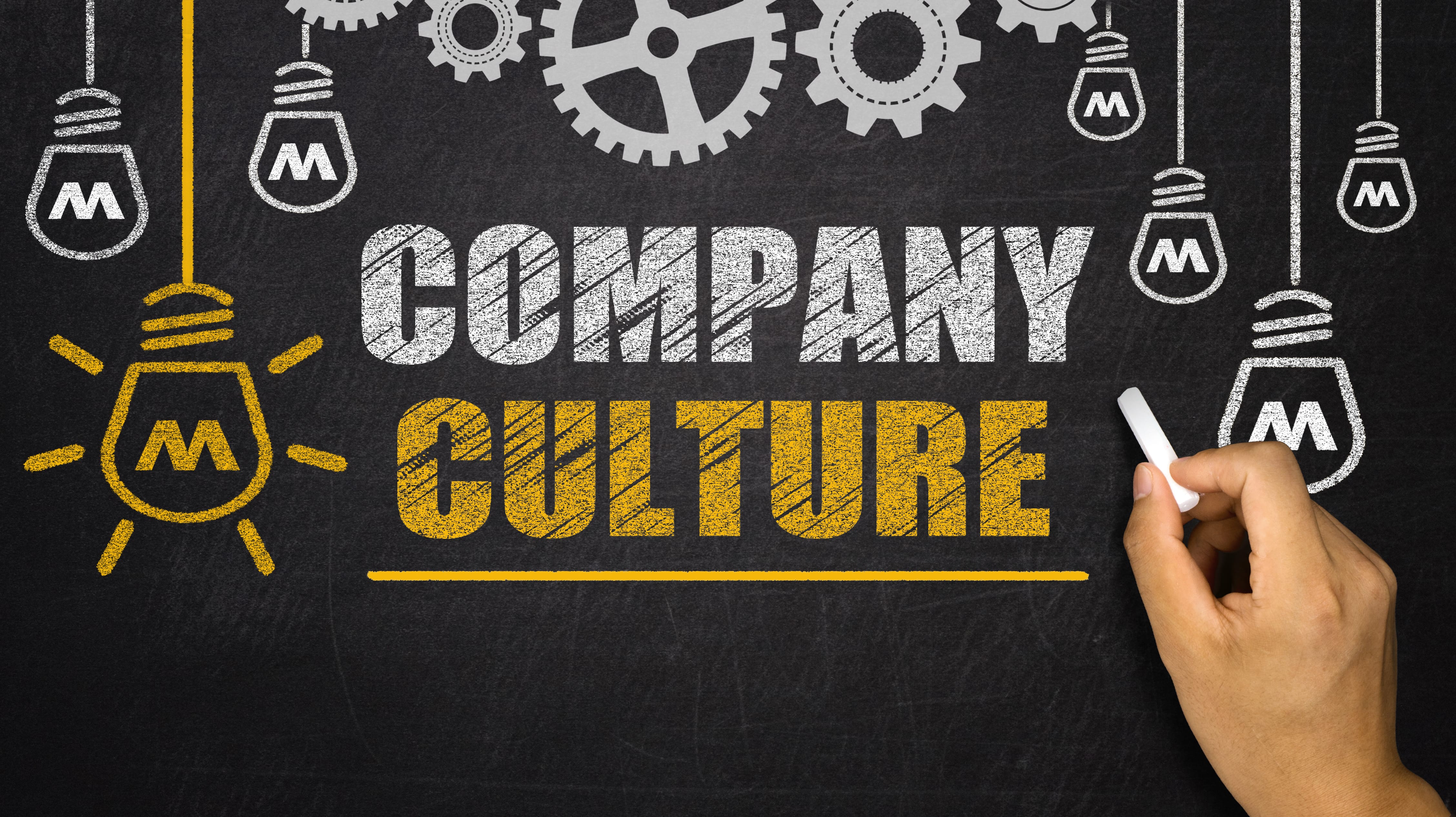Workplace Culture
Branding Is Beautiful When It Comes to Company Culture
By Alexis Carpello
Dec. 20, 2017
Corporate culture is viewed by many workplace experts as vitally important to employees. But in a recent study by global communications and engagement company Weber Shandwick, only 19 percent of employees see a strong match between how the company represents itself and the actions they experience while working there.

“We thought that this was a stunning and startling finding,” said Leslie Gaines-Ross, chief reputation strategist at the New York-based firm.
Creating a brand that matches a workplace is not be as easy as it may seem but it is important, noted John Williams in an Entrepreneur article. The founder of LogoYes.com stated that for an employer to be able to define their brand they must be able to answer the following questions: what is the company’s mission; what are the benefits and features of the products or services; what qualities do you want customers to associate with your company; and what are their thoughts of the company already.
Kate Bullinger, head of employee engagement and change management at Weber Shandwick, said it is important to tie the employer brand to the company purpose and values. “Employees are more and more driven by joining a company that’s got clearly articulated values and a clear purpose,” Bullinger said.
She added that companies should make sure that their values are articulated well and understood throughout the company, so that the employee experience for match the organization’s values and purpose.
The new Weber Shandwick data could be interpreted as a call to action for companies to build stronger company brands.If a company can connect their culture and brand to have the same purpose and values, it is more likely that a company will produce an organization that operates with integrity and authenticity, said Denise Lee Yohn in the Harvard Business Review. She also wrote that, “without using your brand purpose and values to orient your culture efforts, you’re also likely to waste a lot of money.”
Having a well-developed brand is one of way to sustain a successful business.
“Some companies will spend time on the articulation of their brand, why it’s great to work at this place, and don’t do necessarily the hard work of aligning their programs and policies, said Bullinger. “You think you’re joining a company and once you get into it, there’s no experience that really matches what was promised to you.”
Employment brand must be authentic and not be filled with empty promises, Bullinger said.
“They talk about a great work-life balance, but then there’s nothing that allows for flexible work arrangements or child care,” Bullinger said.
Although the survey found that 19 percent of employees feel as if there is a strong connection with the brand and what they experience, it also found that less than 10 percent of employees believe there is no brand connection with what employers say about themselves and what employees experience.
It starts from within the company and continues to grow out to the public, Bullinger said.
“I think more and more companies are using their own people to be advocates for the brand and that includes on a recruiting front,” Bullinger said.
Employees especially the highly aligned ones are a great resource to get out there and be actually talking about and promoting what the company is doing, and that has a big influence on people Bullinger said.
With websites like Glassdoor, “companies need to accept the fact that their employees are using social media to talk about work,” Gaines-Ross said. “Help provide programs and platforms where employees can easily find information and content and share it.”
Companies should be consistent with their message and the actions they represent.
“You say that you want your company to be focused around the environment and sustainability; are your programs and policies really aligned with that, and if they’re not what needs to be done? What are new things that you might add, or what can you feature?” Bullinger said. “So make sure the employer brand is grounded in the experiences for people.”
Alexis Carpello is a Workforce intern. Comment below or email editors@workforce.com.
Schedule, engage, and pay your staff in one system with Workforce.com.
